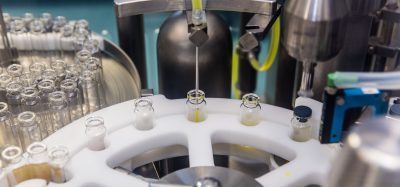Internationally-compliant framework backs rabbit pyrogen test alternative
Posted: 19 November 2025 | Catherine Eckford (European Pharmaceutical Review) | No comments yet
The approach aims to support broader FDA acceptance of the monocyte activation test (MAT) as a replacement, animal-free pyrogen test.


A new validation strategy that addresses both European Pharmacopoeia and United States Pharmacopeia (USP) regulatory frameworks could support broader international replacement of animal-based pyrogen testing.
In the study by Burgmaier et al., the monocyte activation test (MAT) met requirements for successful FDA approval as an alternative method to the rabbit pyrogen test (RPT) in pharmaceutical quality control.
“In the European Pharmacopoeia (Ph. Eur.), the MAT is a compendial method which is explicitly recommended to replace the RPT, requiring only product-specific verification”, they noted, but added that USP <1225> requires a full method validation as an alternative procedure, presenting a challenge for manufacturers seeking global product approval.
For example, US companies need to plan for additional validation efforts, including RPT and bacterial endotoxin test (BET), “at least for [process performance qualification] PPQ batches of new parenteral products”.
The transferable, two-tier framework for GMP-compliant MAT implementation utilises a generic, product-independent validation (primary validation) followed by a product-specific verification. It can be adapted to several parenteral drug products. Notably, Burgmaier et al. said the test is “at least non-inferior if not superior to the [rabbit pyrogen test (RPT)]”.
Potential applications
A key focus of the study was method robustness, which the authors acknowledged as “the biological variability of primary human immune cells used in the MAT”.
[the study provides] a comprehensive, generic dataset and includes additional robustness testing relevant for routine use as well as comparison to the traditional RPT showing the equivalence and even superiority of the MAT”
As such, when assessing critical system parameters, they found “IL-6 responses remained stable across conditions with consistent detection performance even when read-outs were delayed or stimulation times varied”. This provides evidence of the assay’s reliability “under practical laboratory conditions and support its suitability for routine quality control”.
Burgmaier et al. concluded that their study provides “a comprehensive, generic dataset and includes additional robustness testing relevant for routine use as well as comparison to the traditional RPT showing the equivalence and even superiority of the MAT”.
This paper was published in the International Journal of Molecular Sciences.









